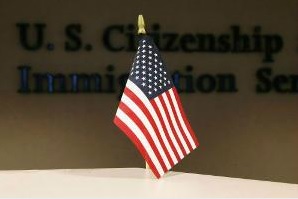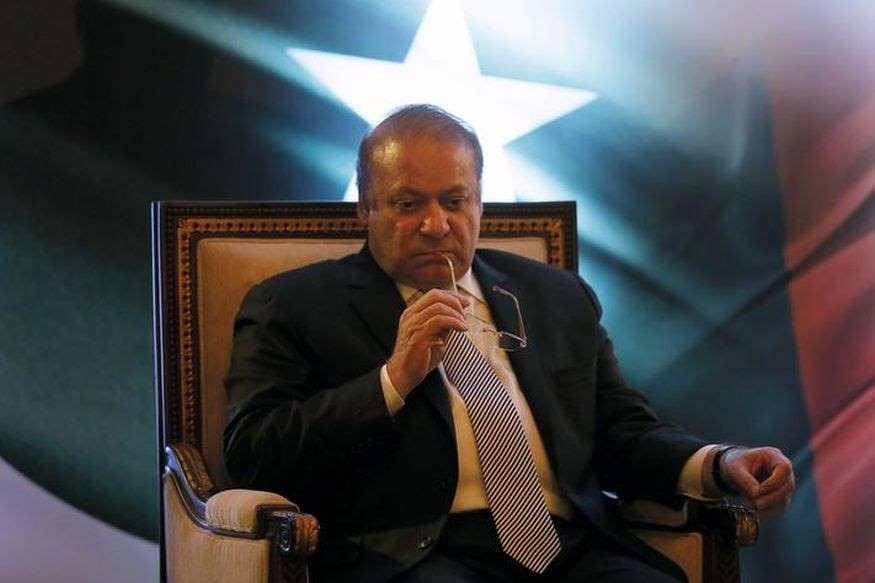September 16, 2013
In the beginning of the last decade, a simple webcam and a fledgling, though unsteady internet, provided a lifeline of emotional connect between students abroad and their parents and friends back home.
That was a video-conference in a very simple form. Cut to the present: we are witnessing a generational shift in technology; so much so that it is quietly triggering a social revolution in the educational and health care sectors in the remote corners of our country.
September 16, 2013
In the beginning of the last decade, a simple webcam and a fledgling, though unsteady internet, provided a lifeline of emotional connect between students abroad and their parents and friends back home.
That was a video-conference in a very simple form. Cut to the present: we are witnessing a generational shift in technology; so much so that it is quietly triggering a social revolution in the educational and health care sectors in the remote corners of our country.
Curious and impressionable minds are being led into a new world of enlightenment, hand held by teachers sitting kilometers away, with the help of advanced remote-access technologies. The teacher and students are not in the same classroom, but they virtually are — children can see their teacher, ask doubts and get them answered; as they can not only hear but also see each other.
Some of these lucky students belong to nine schools in the districts of Raichur, Shimoga and Hoskote. And the game changer is the giant technological leap, brought in by Cisco's multi-pronged inclusive growth initiative.
"At 40.2, India has one of the lowest pupil-teacher ratio and 33% of schools have just one teacher," says Aravind Sitaraman, president, inclusive growth, Cisco Systems. "The fact that students have laptops with them doesn't solve the problem, because there are so many infrastructural bottlenecks. The technology that we have put in place is a great enabler bringing in a qualitative change in the education sector."
Power of the cloud
The big challenge facing the educational sector in India is the impossibility of the few teachers to reach the huge number of children scattered over vast areas of our villages. And, Cisco is leveraging technology to address this problem.
At the core of the technology is a box which functions like a router. It has a computer running on Windows, projector, speaker, camera, microphone, power management tools all built into it. Sitaraman said that technology that is being used to bring in the social and educational transformation is WebX, which is also used by many Fortune 100 companies. It allows a high level of scaling, and multiple concurrent sessions can be held.
This box and the WebX bring a virtualized teacher not to one classroom in one locality, but to many classrooms in many localities, thanks to the power of the cloud. The system is administered by the telecom provider. The teacher is able to see these classrooms in the form of tiles on a screen. He can enlarge one of the tiles to have a closer look at that classroom. He can even address a particular student in that classroom, explained Sitaraman. The solution ensures that all rural schools can offer all subjects with the same level of expert teaching that a student in a city or a metro gets access to.
The key features of this educational ecosystem are cloud connectivity, integrated network with Wi-Fi features, high-quality image projection and power management, high-quality audio/video streaming on SaaS based platform, and ruggedized products for temperature, dust and theft intolerance.
Efforts yielding results
"We are looking at the concept of an Enabled Village by focusing on four key areas: education, health care, marketplace and skills, and public services. For this, we make use of affordable models that save time and money for people; and high-end technology that are based in the cloud," said Sitaraman.
Under their 'Remote Education Deployment' programme, nearly 6 lakh student hours were utilized in the last two years to impart knowledge in English, mathematics, science and social studies. The efforts have paid off with tangible improvements — 10 to 12% increase in attendance and 19% increase in pass percentage.
He said there is a huge disparity in the health care sector as well. "While 70% of the population is in rural areas, while 60% of doctors are in the urban areas. Also the lack of infrastructure makes commuting time consuming." said Sitaraman.
The technology has been able to circumvent this problem, by getting physicians virtually to remote villages. Doctors are able to track body function parameters like heart beat, blood pressure reading etc; converse with the patients as if they were sitting in one room; diagnose ailments and prescribe medication. The project has covered nine primary health centres in three districts of Karnataka, 8 PHCs in 4 districts of Madhya Pradesh and 3 PHCs in one district of Rajasthan, said Sitaraman.
He said the challenges are similar in the employment segment as well. "India has one of the largest youth populations in the world, but only 15% of them have college degrees, and only 2% of them have any form of technical accreditation," he said quoting from Planning Commission and Census reports.
Under the skill development programme, in Karnataka, 8,880 student hours of training were completed in subjects like Communicative English, Accounting, Hotel Management, Housekeeping, enabling the rural students get jobs.
Courtesy: TNN







































































































